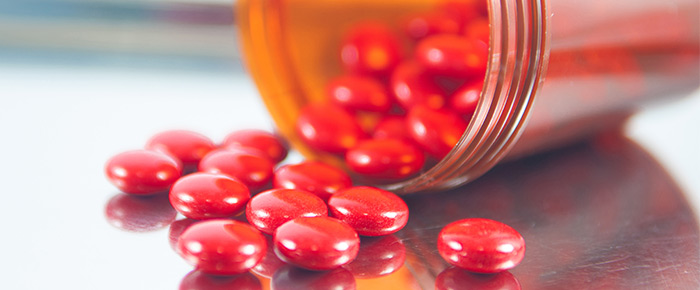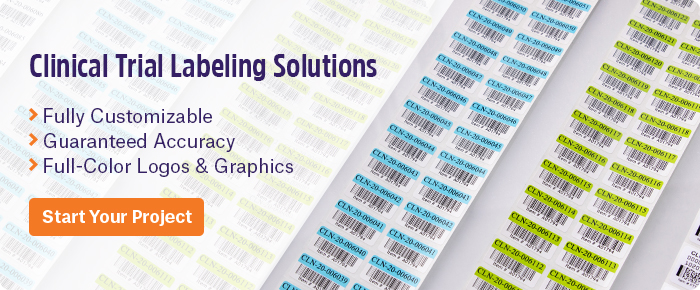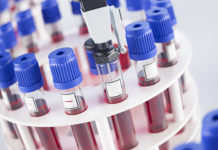
The administration of substandard medication adversely affects the health of millions of individuals worldwide and costs the healthcare industry an estimated $200 billion annually. The burden of counterfeit medications is greatest in developing countries, where the World Health Organization (WHO) estimates that as much as one in ten medical products are fake. Thus, a way to certify that medicine is authentic is vital to the safe administration of medication and the well-being of patients. To that end, a group at the University of California (UC) Riverside has developed candy coated pills as a means to identify legitimate medicine.
Pharmaceutical Counterfeiting & Fraud
Counterfeit or fraudulent medicine is medication that is deliberately mislabeled in regards to its identity or source. This can apply to both branded and generic forms of medication and is not related to patent infringements or concerned with legal generic versions of patented medicines. Counterfeit products include medication with incorrect ingredients, with missing or insufficient amounts of active ingredients, that contain inert (or dangerous) additional ingredients, as well as medicine with fake packaging.
Medication is an attractive target for counterfeiters as fakes can be made relatively cheaply and sold for a considerable profit, with a lower risk than selling illegal narcotics. Moreover, many countries in the developing world lack adequate regulation and enforcement to combat this problem. Even in industrialized countries, the penalties for distributing counterfeit medication remain wholly inadequate. However, the greatest threat posed by these fraudulent medications is not to company revenues but to public health. Not only are patients not receiving adequate care due to these fake medicines, but they also devalue and erode public trust in the medication and the care they receive from their healthcare providers.
With prices varying widely across the world, and the widespread nature of world trade, there are multiple points where counterfeit medicines may enter the supply chain. Often, the public will unknowingly purchase these drugs, as consumer detection is extremely difficult. A counterfeiter can obtain an authentic medicine bottle from various sources, replace the contents with a cheaper substitute, and re-seal the bottle. Moreover, as medicine is often distributed in generic containers by pharmacies, there’s no means for the consumer to verify lot numbers. As such, the ideal identifier for combatting drug fraud would be part of the drug product itself, permanently linked to the medicine at every step, from manufacturing all the way to the consumer.
Various on-drug identifiers have been proposed, though none have led to widespread adoption. This includes creating indentations on the capsule, printing unique QR codes on each pill, or using fluorescent ink to create on-pill QR codes that can be read using standard smartphone cameras. The primary drawback of these methods is that they have proven difficult to read by the consumer or require a significant modification of the drug manufacturing process to implement. Conversely, the new technique devised by professor William Grover and his team requires only a simple addition to the standard pharmaceutical manufacturing process, imparting each pill with a unique identifier that can be read using an ordinary smartphone camera.
Preventing Counterfeiting using CandyCode
This new technique was actually inspired by small colorful candies, which on average, can contain 92 nonpareils (also called sprinkles) attached randomly in eight possible colors. These tiny, inexpensive multicolor candy spheres are generally added to other candies or desserts as decorations. Grover et al. determined that if nonpareils were applied at random to a pill immediately after manufacture, the specific pattern they form is unlikely ever to be repeated by random chance1. As such, this pattern, termed “CandyCode”, can be used to uniquely identify individual pills in order to distinguish them. A picture of the pill can be recorded after manufacture and added to a database containing all-known authentic medications produced. The consumer can simply take a picture of the pill with their smartphone and upload it to the manufacturer’s server to determine whether the pill’s CandyCode matches a known-good CandyCode in their database1. It is these properties that make multicolored nonpareil coatings suitable for use as on-drug identifiers for combatting counterfeit medication.
The viability of this new technique was tested using random particles as universal identifiers to coat Tylenol capsules with nonpareils. This was done using both real CandyCodes (commercially produced candies) and simulated CandyCodes (generated using software). An algorithm that could convert the CandyCode photo into a set of strings for convenient storage and retrieval in a database was also developed. They determined that this identification method could, in fact, differentiate individual candy coated pills, even following rough handling, simulating the wear-and-tear of shipping.
A manufacturer could potentially produce at least 1017 unique CandyCoded pills using this method, with even more unique codes possible with the introduction of additional colors or by combining different sizes or shapes. As an added benefit, it has been reported, however anecdotally, that CandyCoded pills are more pleasant to swallow than traditional medicine.
This new technique using candy coated pills would prove easy to manufacture but hard to counterfeit. As CandyCodes would only require adding nonpareils to a pill’s surface, no alteration of the existing drug formulation would be required, and only a minimal adjustment of the manufacturing process as a whole would be necessary. Furthermore, as only a camera phone is required for verification, the consumer would be able to ensure the safety of the medication without much hassle, even in developing countries. As such, CandyCodes could play an important role in the fight against fraud in pharmaceuticals worldwide.
LabTAG by GA International is a leading manufacturer of high-performance specialty labels and a supplier of identification solutions used in research and medical labs as well as healthcare institutions.
Reference:
- CandyCodes: simple universally unique edible identifiers for confirming the authenticity of pharmaceuticals. William H Grover. Sci Rep. 2022 May 6;12(1):7452.



